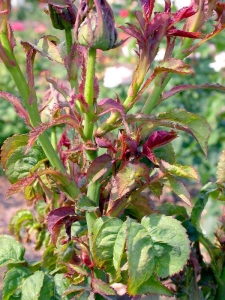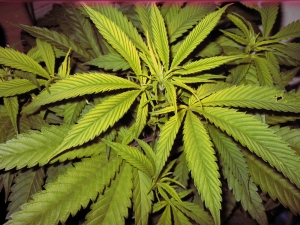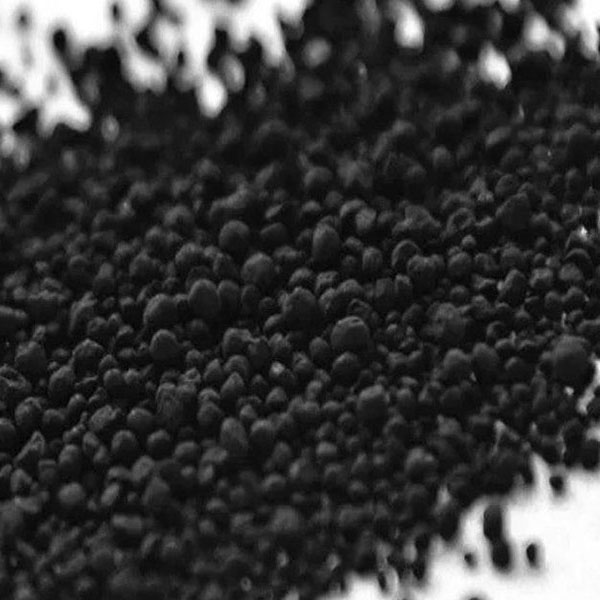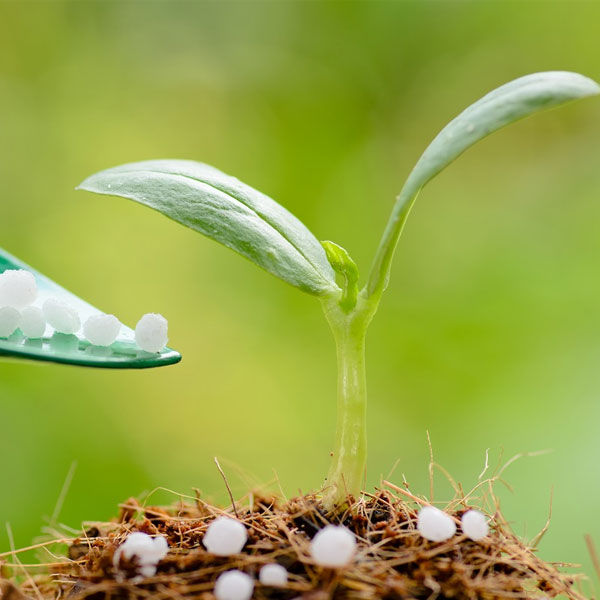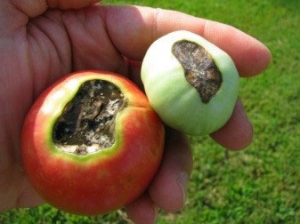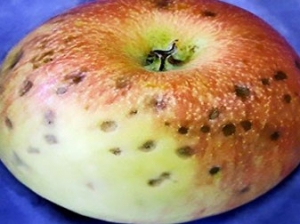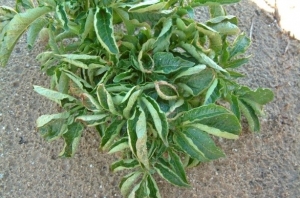Nano Iron Chelate Fertilizer
Nano Iron chelate fertilizer
Iron plays an important role in plant respiratory and photosynthetic reactions. Fe deficiency reduces chlorophyll production and is characterized by interveinal chlorosis with a sharp distinction between veins and chlorotic areas in young leaves. As the deficiency develops, the entire leaf becomes whitish-yellow and progresses to necrosis. Plant growth is slow.
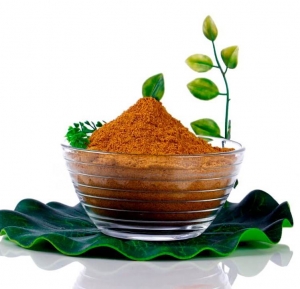
The advantage of consuming iron:
A typical symptom of iron deficiency is interveinal chlorosis. In contrast to magnesium efficiency symptoms, these symptoms appear initially on the younger leaves because iron cannot be readily mobilized from older leaves. Under conditions of extreme or prolonged deficiency, the veins may also become chlorotic, causing the whole leaf to turn white. Iron deficiency is more likely to happen in alkaline soils (pH>7.5, especially where calcium carbonate is abundant).
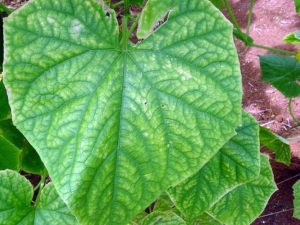
Iron Deficiency in cucumber



